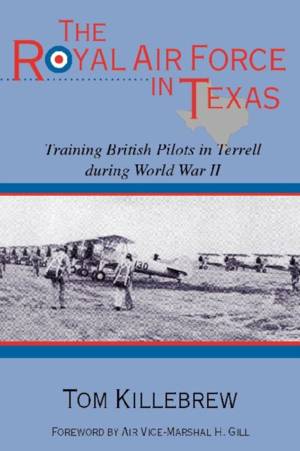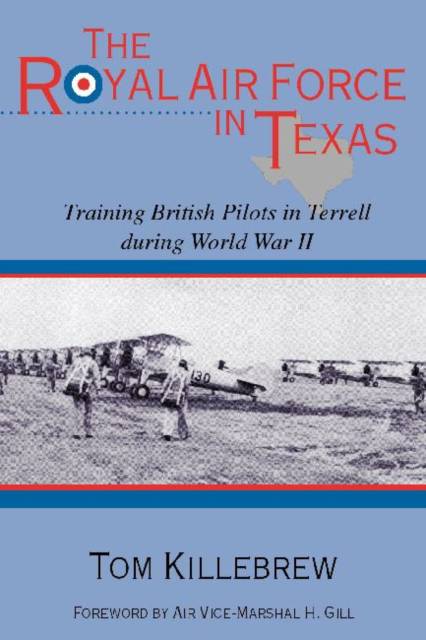
- Retrait gratuit dans votre magasin Club
- 7.000.000 titres dans notre catalogue
- Payer en toute sécurité
- Toujours un magasin près de chez vous
- Retrait gratuit dans votre magasin Club
- 7.000.000 titres dans notre catalogue
- Payer en toute sécurité
- Toujours un magasin près de chez vous
24,45 €
+ 48 points
Description
With the outbreak of World War II, British Royal Air Force (RAF) officials sought to train aircrews outside of England, safe from enemy attack and poor weather. In the United States the first of six schools, No. 1 British Flying Training School (BFTS), was located in Terrell, Texas, east of Dallas. The cadets trained in the air on aerobatics, instrument flight, and night flying, while on the ground they studied navigation, meteorology, engines, and armaments-even spending time in early flight simulators. Not all survived their training. By the end of the war, more than two thousand RAF cadets had trained at Terrell, cementing relations between Great Britain and the United States and forming lasting bonds with the citizens of Terrell. "Killebrew's book adds substantially to an understanding of the history of RAF flight training on U.S. soil in World War II."-Tod Roberts, editor of RAF Wings over Florida "This is an outstanding book for anyone interested in aviation or in the personal side of World War II. . . . Killebrew's enthusiasm and respect for his subject are quite obvious."-Review of Texas Books "This book should please anyone interested in military flight training, Lend-Lease and the RAF, or even just WWII aviation in general."-Air Power History TOM KILLEBREW, a native of Dallas, Texas, received a master's degree in history from the University of Texas at Arlington. A licensed private pilot, he served in the U.S. Marine Corps Reserve and as an air intelligence officer in the U.S. Navy Reserve. He currently teaches American history at Navarro College and lives with his wife, Ann, in DeSoto, Texas.
Spécifications
Parties prenantes
- Auteur(s) :
- Editeur:
Contenu
- Nombre de pages :
- 208
- Langue:
- Anglais
- Collection :
- Tome:
- n° 8
Caractéristiques
- EAN:
- 9781574412727
- Date de parution :
- 03-09-09
- Format:
- Livre broché
- Format numérique:
- Trade paperback (VS)
- Dimensions :
- 152 mm x 229 mm
- Poids :
- 312 g







